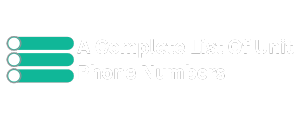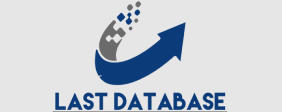Probably have a love-hate relationship with SEO. On one hand, it’s the bane of your existence trying to keep up with all the algorithm updates and constantly trying to outrank your competitors. But on the other hand, it’s like a game of whack-a-mole, trying to optimize every page on your website for maximum visibility. That’s why I like to refer to on-page SEO as the “tedious but necessary” part of the SEO process. But seriously.
keeping your website up to date with
page SEO is crucial for driving organic traffic and saudi arabia phone number data increasing your search engine rankings. And let’s face it, no one wants to be stuck on page 2. T of Google (that’s like the Siberia of search results). So, here are five specific aspects of on-page SEO that you should focus on. T and some tips for improving them: 1. Title tags and meta descriptions These are the snippets of. T text that show up in the search results and give users an idea of what your page is about.
Make sure to include your primary
keyword in the title tag and meta description, and keep them make sure You have this concise and descriptive. And for the love of all things SEO, please don’t stuff them with a bunch of irrelevant keywords just to try and game the system. Google hates that. (for the record, Meta Descriptions do not help with getting you ranked in Google, but it does enhance the user’s search experience… so it is important!).
Headings and subheadings Use headings and subheadings to break up your content and make it more skimmable for users. Make sure to use the appropriate heading tags (H1, H2, etc.) and include your primary keyword in at least one of them. And for the love of all things SEO, please don’t make every heading a giant block of text with no formatting. That’s like trying to read a novel without paragraphs – it’s just painful.
Image optimization Don’t forget to optimize your images for SEO. This includes using descriptive and relevant file names, adding alt text with your primary keyword. T and compressing the images to reduce load times. And for the love of all things SEO, please don’t use generic file names like “image1.jpg” or “IMG_1234.png”. That’s like trying to find a needle in a haystack. Internal linking Use internal linking to help search engines understand the hierarchy and structure of your website, and to provide users with a better navigation experience. Make sure to link to relevant and high-quality pages, and use descriptive anchor text. And for the love of all things SEO.

